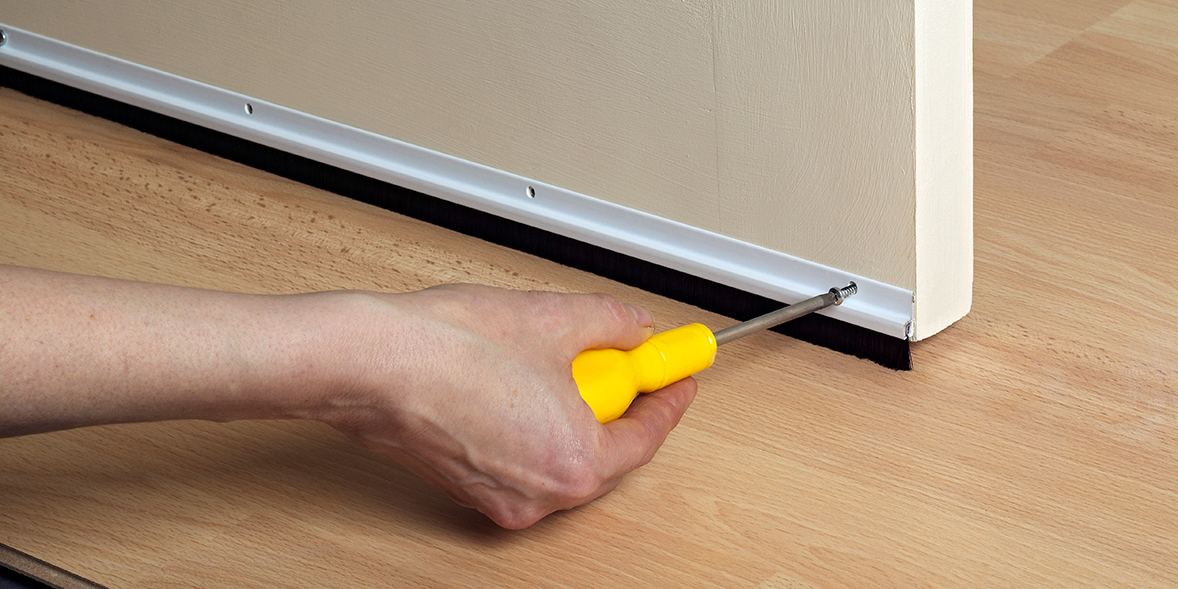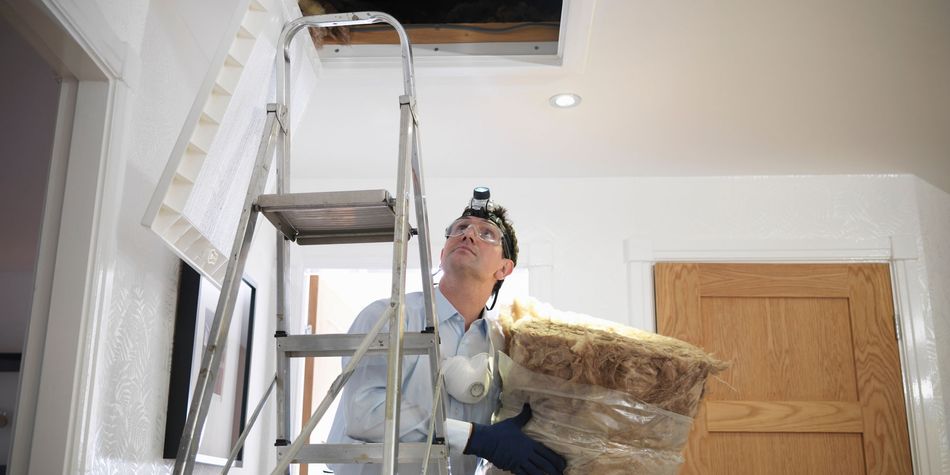7 DIY jobs to get your home ready for Autumn

Autumn is here and temperature is steadily dropping, but before the cold wet weather really kicks in there are a few jobs you can tackle to make your home more energy-efficient, warm and cosy for winter.
Find out what our experts recommend to help you keep your home in top condition.
Inspiring tips for improving the place you live in Get our Home newsletter – it's free monthly
1. Draught proof windows and doors

Keeping warm air in and cold air out is a first simple step to a cosy home. Windows are one of the main culprits when it comes to losing heat, so looking after them is crucial.
Double glazed windows are best to keep your home comfortable and prevent heat from escaping. But if you can't afford to replace your windows, or are living in rented accommodation, there are other ways to prevent cold air from entering.
Find out how to draught proof your home to help keep chilly draughts at bay.
If your home is prone to damp or condensation caused by poor ventilation, you may want to use a dehumidifier when it starts getting rainier.
Take a look at the best dehumidifiers that impressed in our tough lab tests and find out what dehumidifier features we think are worth considering.
If you want to update your windows, check out our guide on buying double glazed windows
2. Insulate your loft

A well-insulated home is important as it means less draughts and lower bills during the winter months.
Insulating your loft will maintain the heat inside your home. Loft insulation can last for decades and it could reduce your energy bills by £590 if you live in a detached house, £355 if you live in a semi-detached and £330 for a mid-terrace.
There are several methods you can use:
- Batt or blanket loft insulation
- Loose-fill loft insulation
- Sheet loft insulation
- Blown-fibre loft insulation
Check out our guide on loft insulation types to find out which ones you can install yourself and which you'll need a professional contractor to sort.
It's also important to check your roof to make sure it isn't damaged, there are no cracked or loose tiles and or any issues that you can spot, as it will be easier to fix these now than in the cold and wet winter months.
Need to find a roofer? Use the Which? Trusted Trader website to find someone local to you
3. Sweep your chimney and flue

If you have a fireplace or a wood-burning stove, it's crucial to have your chimney swept regularly so it doesn't get overloaded with sooty deposits. Any obstructions could become a fire hazard and will prevent smoke escaping from your home properly.
It's recommended to get it swept quarterly while it's in use if you burn wood or coal in your stove. If you burn smokeless coal, you should get it swept once a year.
You should also have your stove serviced annually to make sure it's working efficiently and safely.
Considering a gas, electric or wood-burning stove? See our electric vs gas vs wood-burning stoves guide
4. Check smoke detectors and CO alarms

If you use appliances that burn gas, wood, oil or coal you should have a carbon monoxide detector.
Carbon monoxide is a poisonous gas that can make you seriously ill if you breathe it in. Which? research carried out last year revealed that one in five UK homes are without a CO alarm and won't be protected from the deadly gas in the event of a CO build-up.
As you're making the rounds, make sure to test your smoke alarms. Smoke alarms need very little maintenance, but these simple steps will keep yours in good working order:
- Use the test button to test the smoke alarm's battery weekly.
- Change the battery each year unless your alarm comes with a sealed battery with a fixed-life.
- Gently vacuum inside the case (using the soft brush attachment) to remove dust from the smoke alarm sensors.
Read our carbon monoxide detector reviews and smoke alarm reviews to find an effective alarm that won't let you down
5. Get your boiler serviced

We wouldn't necessarily recommend paying for boiler cover, but we do think it's essential to get your boiler serviced annually and it should cost around £80.
Autumn is a good time to do this so that you can ensure it runs smoothly over winter and that all of the internal parts are in good working order.
This also means any safety issues are detected as early as possible, before they can develop into bigger and more expensive repairs.
Boiler engineers tend to be very busy over the winter period, so we'd advise booking one in before it gets too cold.
Take a look at our boiler service checklist to help you get your money's worth from your boiler service
6. Clear gutters

Make sure not to overlook your gutters. Remove leaves and debris to prevent water from pooling and causing leaks which can damage your property.
If you have a nearby tree where leaves are falling directly into your gutter, you can look at installing a fine mesh gutter guard.
Check for any issues and make any necessary repairs to keep them in a good working condition.
Use the Which? Trusted Traders search tool to find your nearest gutter repair services:
7. Plant spring bulbs

Although this is getting your home ready for spring rather than winter, by planting bulbs now you will ensure a beautiful outdoor space when the weather warms up.
Good spring-flowering bulbs include daffodils, crocus and hyacinths. Though wait until November before planting tulips as they'll be less likely to get the fungal disease tulip fire.
Make sure to plant bulbs deeply in the soil or earth, roughly three times the height of the bulb.
Find out what other garden jobs our Which? Gardening experts recommend for October.


